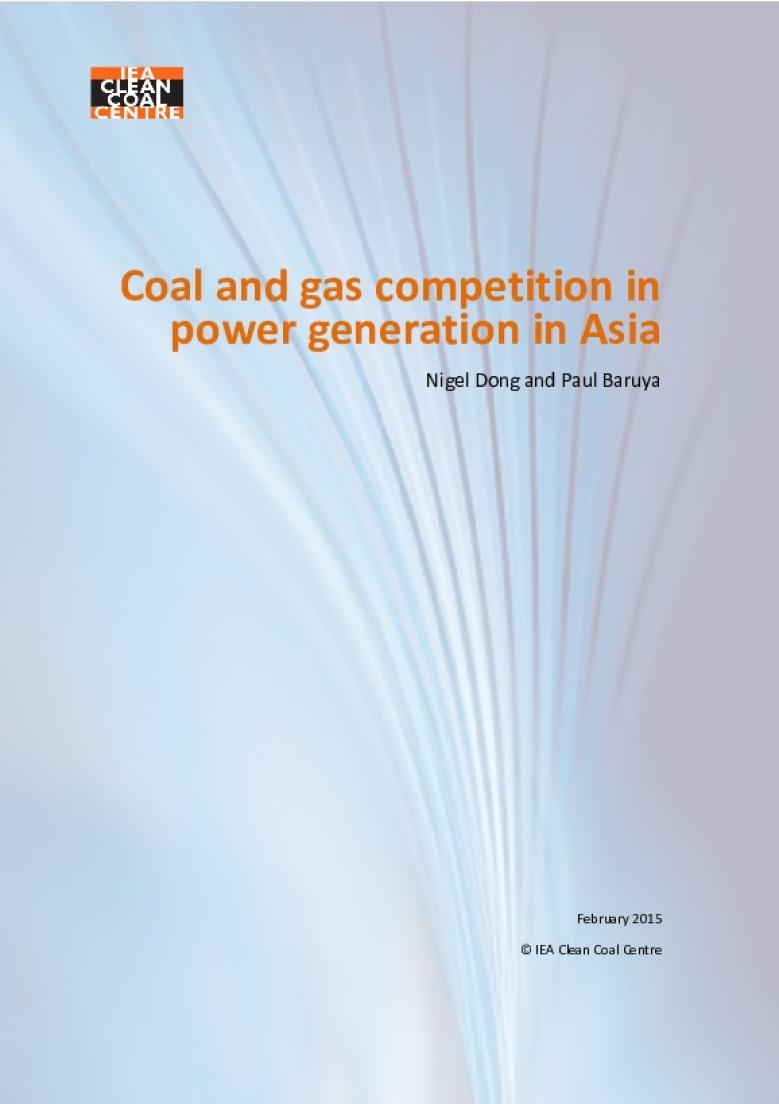Abstract
Coal and natural gas are the two most important fuels in electricity generation globally, with a share of approximately 40% and 22% in 2012, respectively. Coal and natural gas can compete with each other for power generation under certain market conditions. Coal is generally more widely available and cheaper than natural gas. However, natural gas-fired power plants are generally cheaper and quicker to build than coal-fired power plants, and also tend to have higher efficiencies and greater flexibility in plant operation. As electricity demand is expected to continue growing strongly in Asia, the question is raised to investors and policy-makers as to whether coal or natural gas should be used to meet this growing demand. This report explains the factors that affect the competition between coal and natural gas in power generation in nine selected Asian countries. For each country, it illustrates the respective roles of coal and natural gas in the power sector by analysing both the current electricity generation mix and the new generation capacity addition plans. Second, the supply options for coal and natural gas are analysed, which together with pricing reforms in some of these countries indicate the likely future pricing trends of coal and natural gas. The average generation costs are then modelled for the fleet of natural gas combined cycle gas turbine (CCGT) power plants and the fleets of subcritical and supercritical (in some countries) coal-fired power plants. The generation cost is the fundamental factor determining the relative competitiveness of coal- and natural gas-based generation. Finally, the factors other than the generation cost are also discussed to give a holistic view on the coal versus gas competition issue. The impacts of shale gas in the USA on Asian coal and natural gas markets are also considered in this report.
Published Date: February 2015
| Attachment | Size |
|---|---|
| 3.18 MB |


